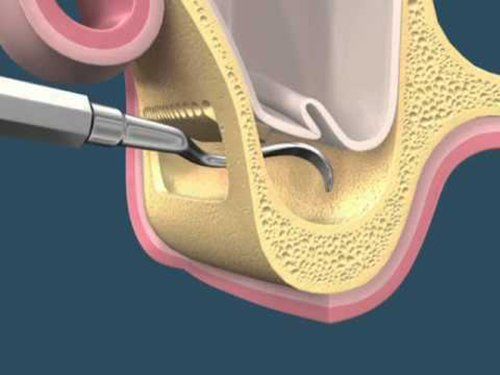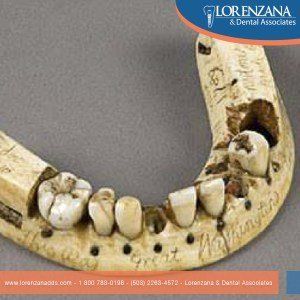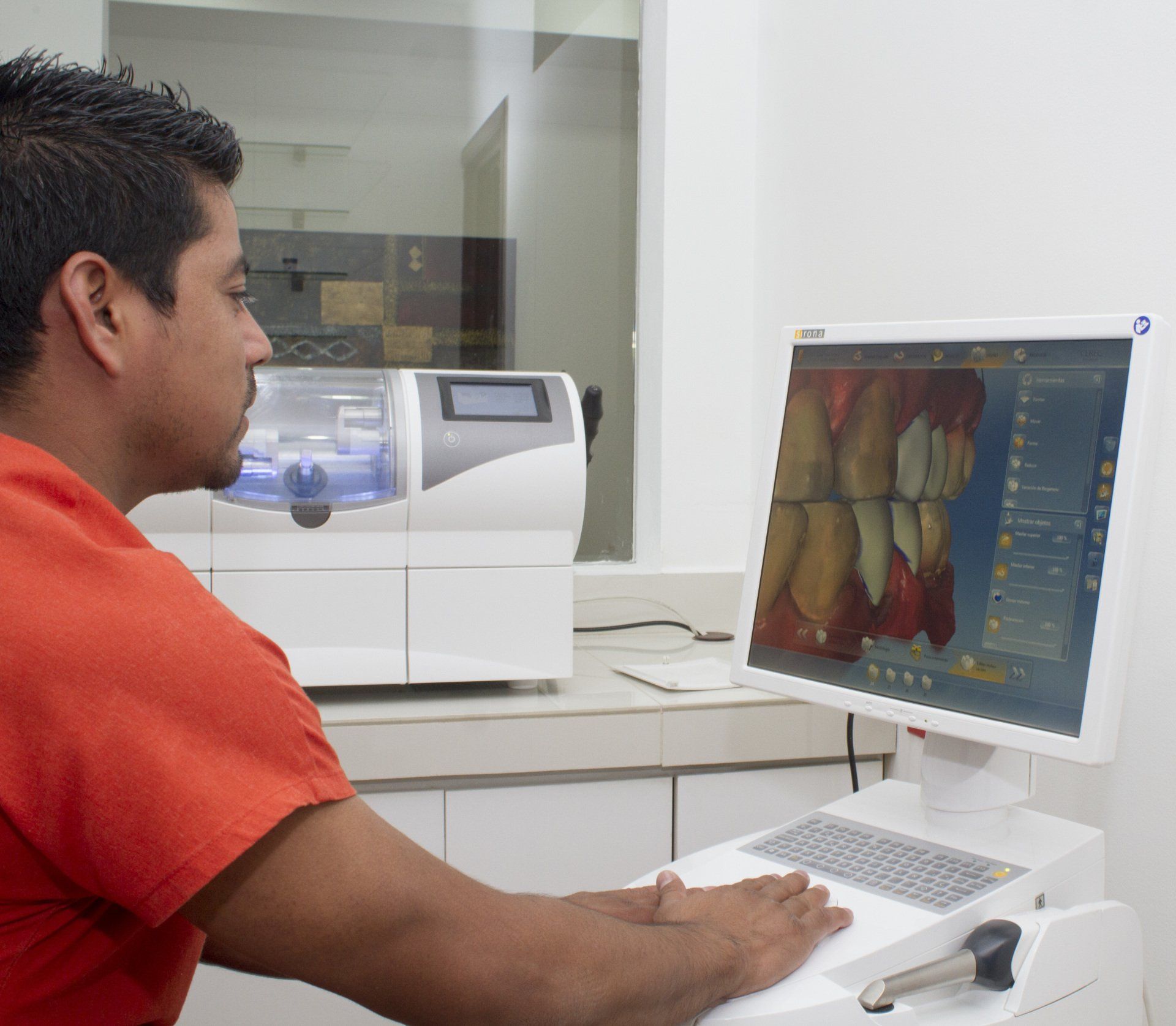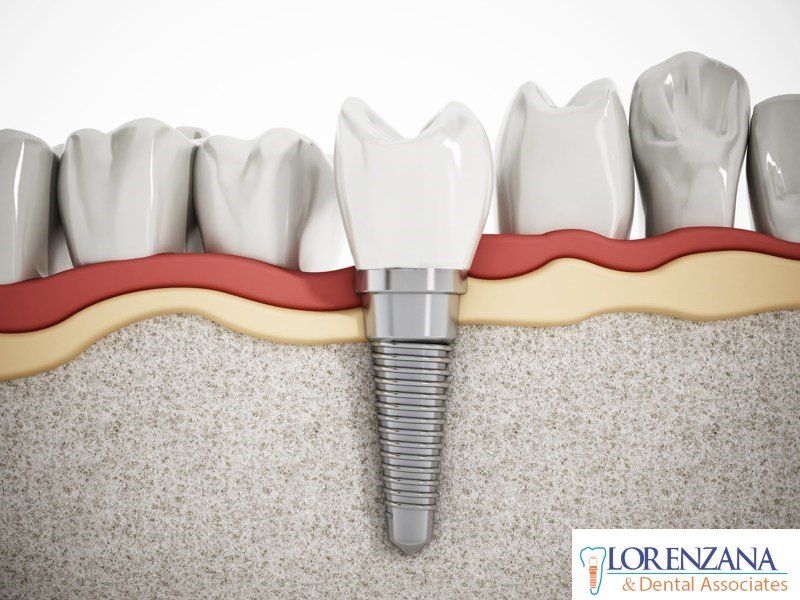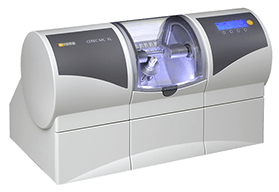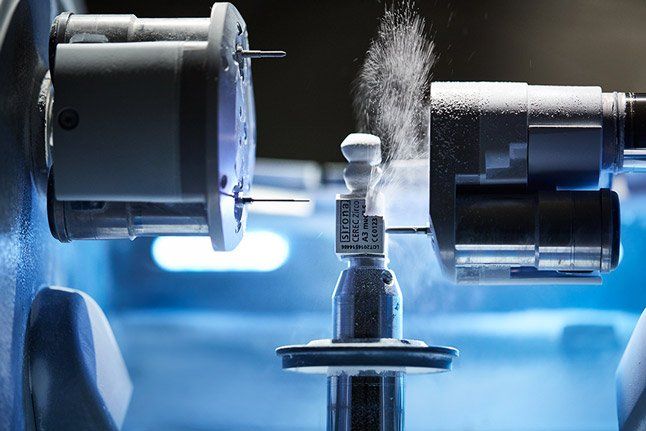Bridging the Gap With Dental Implants

Dentists used to replace missing teeth with bridges or dentures, but dental implants are often a better option. What’s more, they look just as good as natural teeth.
A dental implant has three parts:
- A titanium screw (called an implant) embedded into the jawbone, replacing the original root
- A porcelain crown
- A connector that joins the two pieces (called an abutment)
- Unlike dentures, which can be removed, a dental implant is permanent. The titanium screw fuses to the bone, making implants more durable than other options — one of the reasons more than 3 million Americans have opted for these implants and more than 500,000 get the procedure each year, according to the American Academy of Implant Dentistry.
The implant is typically placed in two appointments: A prosthodontist, periodontist, place the dental implant generally while patient is under local anesthesia. You wear a temporary partial denture or a temporary crown until the gums heal, which often takes from 4 to 5 months. Then the specialist attaches a porcelain crown.
Compared with bridgework — which often needs to be replaced after 10 years — dental implants don’t decay. Their placement doesn’t interfere with healthy teeth and, with the right care, most will last a lifetime.
Dental Implants have success rates topping 95%, and they’re a good option for people who are healthy enough to get routine dental procedures. But they’re not right for everyone. Dentists may caution against dental implants for people with gum disease or those who don’t have enough bone to support the titanium dental implant. Children, whose jaws are still growing, should wait until their late teens.
Cerrando la brecha con implantes dentales

Un implante dental tiene tres partes:
- Un tornillo de titanio (llamado implante) incrustado en la mandíbula, reemplazando la raíz original
- Una corona de porcelana
- Un conector que une las dos piezas (llamado pilar)
- A diferencia de las dentaduras, que se pueden quitar, un implante dental es permanente. El tornillo de titanio se funde al hueso, haciendo que los implantes sean más duraderos que otras opciones, una de las razones por las cuales más de 3 millones de estadounidenses han optado por estos implantes y más de 500,000 se someten al procedimiento cada año, según la Academia Estadounidense de Odontología de Implantes.
El implante generalmente se coloca en dos citas: un prostodoncista, periodoncista, coloque el implante dental generalmente mientras el paciente esté bajo anestesia local. Usa una dentadura parcial temporal o una corona temporaria hasta que las encías se curen, lo que a menudo toma de 4 a 5 meses. Luego, el especialista coloca una corona de porcelana.
